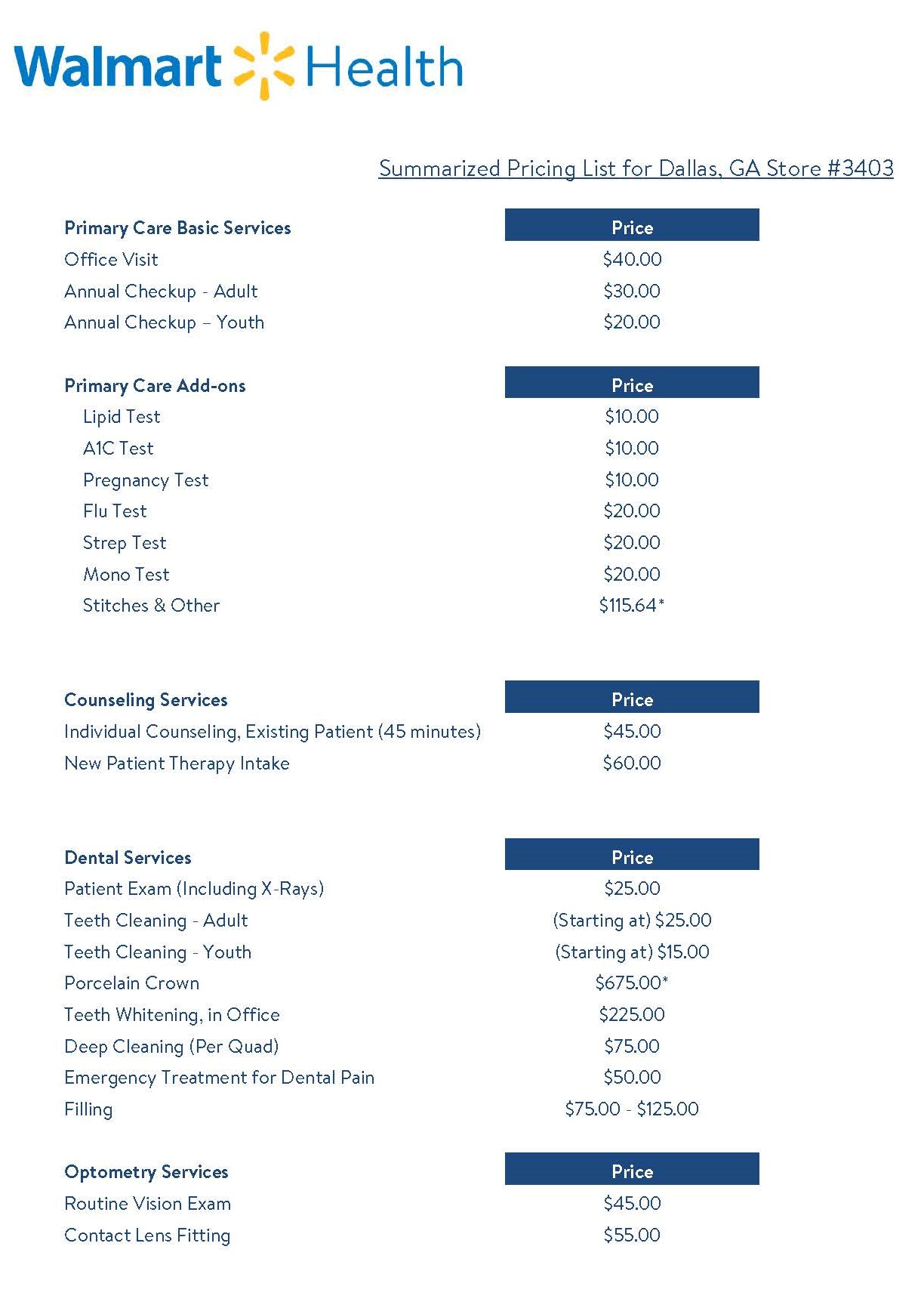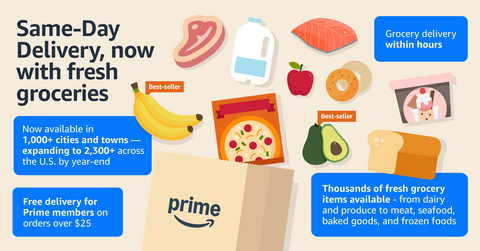Ballooning healthcare costs are a crushing burden on the American population—and if you don’t think this should be a huge concern for retailers and landlords, take another look at the stats.
It’s well understood that healthcare spending in the United States is nearly double that of other industrialized nations, with far-worse outcomes for patients. But did you know that healthcare gobbled up 18% (about $3.6 trillion) of our GDP in 2019? It’s expected that healthcare costs will outpace GDP growth by 0.8% annually. Based on current estimates of 2027 GDP, retailers will be deprived of a substantial portion of about $6 trillion in consumer spending.
Is there another way?
In our introduction to this series, we predicted that within five years some retailers will see their profits from alternative revenue streams exceed those of their traditional businesses.
Part of how they’ll get there is by offering compelling solutions to society’s biggest problems, including what may be the most-pressing problem for the majority of their customers—lack of access to affordable healthcare.
Walmart Health: A First Step
Late last year, Walmart Health made its debut in the “healthcare desert” of Dallas, Georgia. It is a full-fledged medical clinic focused on giving local families—including those that lack health insurance—access to low, transparent pricing.
What makes a healthcare desert? At the 2020 ICSC Nexus Conference in Miami, I sat in on a panel in which Tom Van Gilder, Walmart’s Chief Medical and Analytics Officer, described what drew the retailer to locate its first Walmart Health concept in Dallas, Georgia. According to Gilder, the national average ratio of population to healthcare provider is about 1,000 to 1. In the Atlanta area, it’s closer to 1,200 to 1. In Dallas, Georgia it’s more like 7,000 to 1.
For Walmart customers in these areas, lack of access to affordable healthcare is a critical problem. So far, Walmart Health’s menu includes $10 for certain lab tests; $20 for a child’s checkup; $25 for teeth cleaning; $40 for primary care visits and $1 a minute for counseling. The transparency here is huge given the maddening opacity of pricing in our current system.
We’ve seen drugstores repurpose excess square footage and call it a “clinic,” but that is not what’s happening here [more on that in our next post on Walgreen’s efforts]. Working with local medical professionals and other partners, Walmart has rolled primary care, labs, X-rays, EKGs, counseling, dental, optical and hearing—not to mention services and education related to fitness, nutrition and health insurance—into one facility.
We think Walmart Health is a game changer, and we’re not alone. Estimates are that Walmart will open 5-10 prototypes in the next year, and we could easily be looking at hundreds per year for many years to come (the second Walmart Health clinic just opened in Calhoun, Georgia).
Of course, there are still questions about whether Walmart Health will be economically viable. The chain has a history of test-and-learn experiments. The first hypermarkets in the 1980s ultimately gave-way to the Walmart Supercenter, by far the most disruptive force in retail until Amazon popped up on Netscape Navigator in 1994.
When you have 4,500 stores and rake in $500 billion in revenue, it takes something big to move the needle. These initial clinics amount to the first step in a long journey. If the tests prove compelling, a carefully considered moonshot will likely come next, and that’s when the world should step back and take notice.
Why couldn’t Walmart bring its vast experience in cost-control to the wildly out-of-control healthcare arena? Clearly, the company sees an opportunity to respond to the broken U.S. healthcare system, which is eating into Walmart’s overall share of wallet.
The Healthcare Journey, Walmart’s Way
The company is also rethinking the experience of receiving healthcare. Is anything more dreary than sitting for two hours in a doctor’s office surrounded by back issues of Marie Claire and Golf Digest? Part of the plan with Walmart Health is to use tech to streamline scheduling, check-in, cost-estimation and payment.
When paychecks start to run out, many Americans are forced to choose between buying their prescription drugs or having staples like milk and eggs. It’s why sales of smaller, cheaper diapers go up at the end of the month. Just think of the goodwill and customer loyalty Walmart Health will generate if it makes a dent in the national healthcare crisis.
Yes, there will be ancillary benefits for Walmart—things like greater access to customer data and higher sales of health-related SKUs such as diabetes supplies. However, the opportunity here is much, much larger.
Twenty years ago, people thought it was strange to see supermarkets appearing inside discount stores. Since then, according to Barclays, the U.S. grocery sector has grown by about 700 percent, with sales rising from $23 billion in 2001 to $184 billion in 2019. Walmart, Target and the wholesale clubs are the primary drivers of that growth. Twenty years from now, we think retailer-owned healthcare centers could be as common as today’s superstores.
Our next post in this series will look at another approach to serving the people: Walgreens’ partnership push. Is the drugstore chain on its way to creating a ‘department store’ for medical services?








